
Complete exercise on the digestive system with feedback, it contains questions about digestion of the human body, in addition to an image so that the student can describe the digestive system of a people. Several suggestions for you to find what you are looking for!
Digestive system
The Digestive System is formed by the digestive tube and its adjoining glands, its function is to remove the nutrients from the ingested food. necessary for the development and maintenance of the organism, that is, the digestive tract has the function of transforming food into nutrients and absorb it. The structures attached to the digestive tract are the salivary glands (producers of saliva), the liver (producers of bile) and the pancreas (producers of digestive enzymes).
The first step in this process takes place in the mouth, where food is crushed by the teeth during chewing and moistened by saliva. In this region, food digestion begins, the process continues in peristaltic movements through the esophagus, continues in the stomach and ends in the small intestine. In the large intestine, water is absorbed and, consequently, the feces become semi-solid and are eliminated through the anus.
1. The importance of digestion for our body is:
a) ( ) to develop our organism.
b) ( ) activate the adnexal glands.
c) ( ) transform food into nutrients and absorb it.
d) ( ) transform nutrients into food for the body.
2. The organs of our digestive system can be divided into:
a) ( ) adnexal structures and all digestive.
b) ( ) digestive tube and isolated structures.
c) ( ) adnexal glands and stomach.
d) ( ) small intestine and large intestine.
3. The glands attached to the digestive tube are:
a) ( ) salivary glands, liver and stomach.
b) ( ) salivary glands, pancreas and esophagus.
c) ( ) salivary glands, pancreas and liver.
d) ( ) mouth, pharynx and esophagus
4. The digestive tube starts:
a) ( ) in the salivary glands.
b) ( ) in the mouth.
c) ( ) in the esophagus.
d) ( ) in the stomach.
5. The esophagus is located:
a) ( ) between the stomach and the small intestine.
b) ( ) between the pancreas and the stomach.
c) ( ) between the mouth and the stomach.
d) ( ) between the large and small intestines
6. What are peristaltic movements?
7. List the information according to the letters of the bodies identified on the left:
(a) Pharynx
(b) Esophagus
(c) Stomach
(d) Small intestine
(e) Large intestine.
(f) Mouth
( ) Tube of approximately 3 meters wrapped around the abdomen.
( ) Receives food from the esophagus.
( ) Contains food waste that will be eliminated in the form of feces.
( ) Organ that takes food from the mouth to the esophagus.
( ) Takes food from the pharynx to the stomach.
( ) Where the processes of chewing, crushing and grinding food occur
8. Look at the figure below and complete the names of the missing organs.
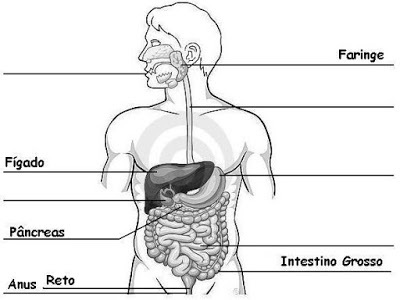
Digestive system exercises with feedback
Template:
1 - C
2 – A
3 – C
4 – A
5 - C
6 – Peristaltic movements are involuntary movements that push the food (also called bolus, chyme or kilo, according to the stage of digestion) along the alimentary canal, so that its digestion occurs at the level due.
This movement is driven by smooth muscles and coordinated by the autonomic nervous system, throughout the alimentary canal, starting in the esophagus and ending in the rectum. Peristaltic movement is the movement the intestine makes to push the bolus.
7 – D, C, E, A, B, F
8 – Order from top to bottom: Mouth, Pharynx, stomach, gallbladder, small intestine.
Did you like it? Share this post on your social network
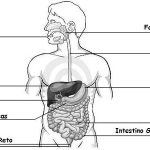 Digestive System Activities with Feedback
Digestive System Activities with Feedback
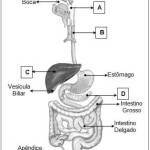 Digestive system exercises with templates
Digestive system exercises with templates
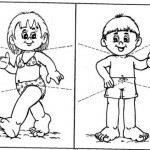 human body activities
human body activities
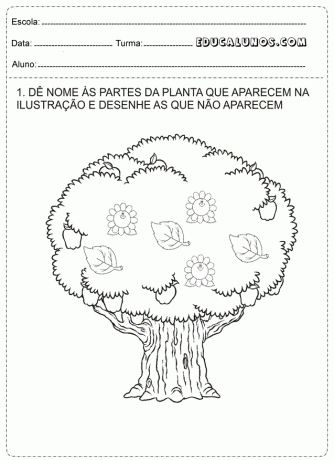 Science activities 1st grade
Science activities 1st grade
 4th year science activities
4th year science activities
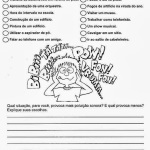 4th grade science activities
4th grade science activities
This site uses Akismet to reduce spam. Learn how your comment data is processed.

